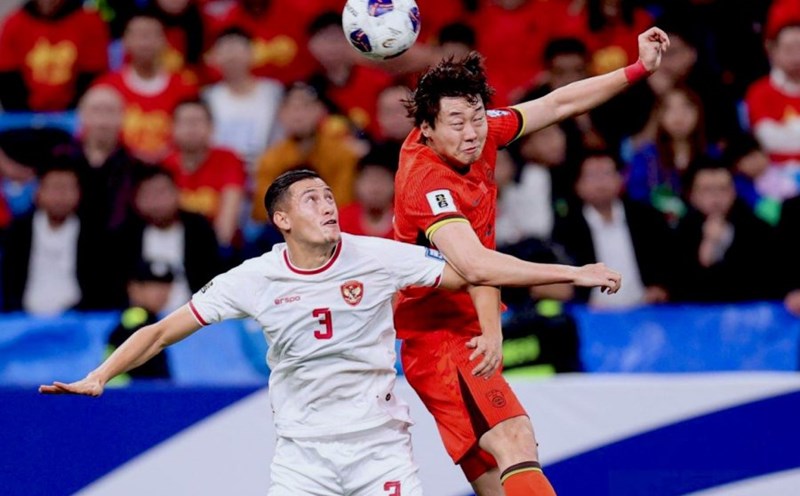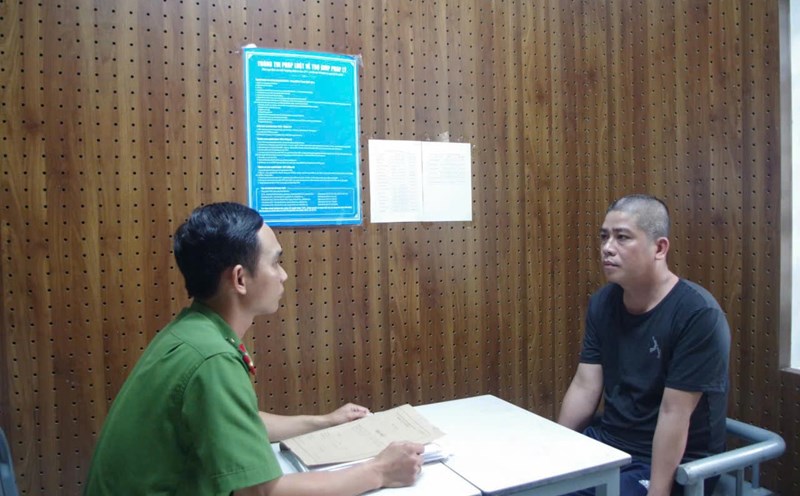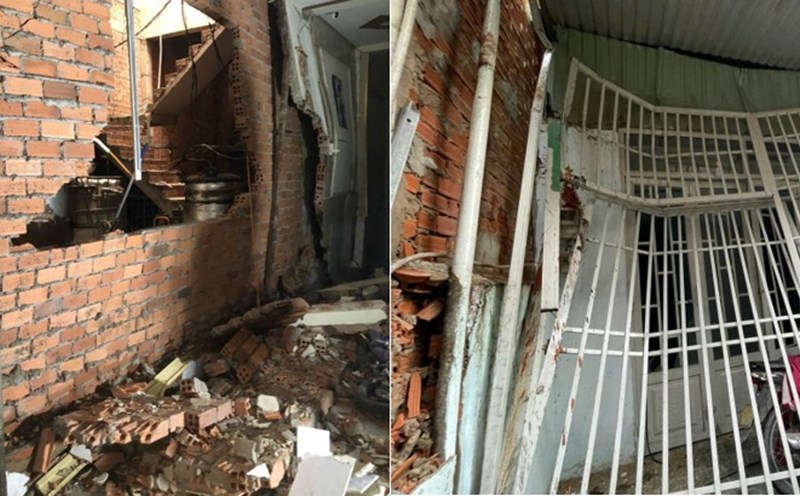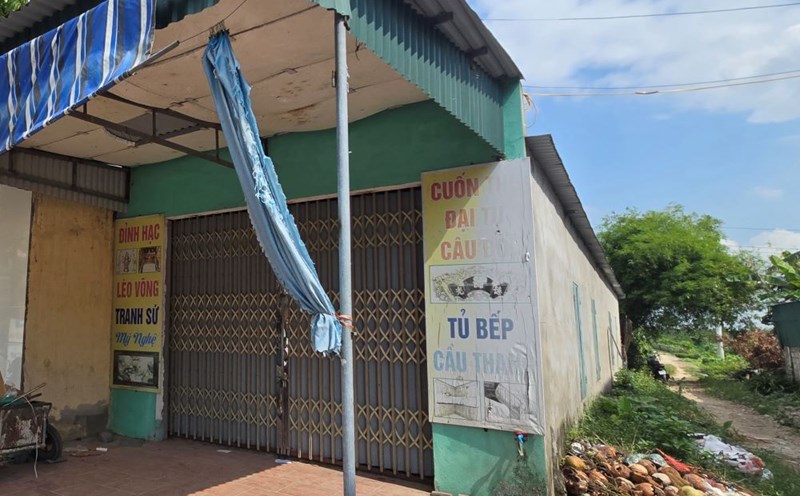A LEGEND OF THE STREETS
Forbidden Alley is about 100 meters long, quite spacious and straight like a street, connecting with Tong Duy Tan street, one end leading to Dien Bien Phu street, the other end leading to Tran Phu street, forming a T shape.
During the French colonial period, Forbidden Alley was called Rue Londe, then it was called Hang Bong Lo Alley, Hang Bong Alley. After the August Revolution in 1945, the alley was called Forbidden Alley. But regardless of the period, Forbidden Alley was always very busy because of its prime location.
This place, since the Later Le Dynasty, has been a gathering place for food and beverage stores and after Hanoi prepared to celebrate its 990th birthday, the Cam Chi - Tong Duy Tan alley area was planned to become Hanoi's Food Street , starting a trial run in 2001 and officially operating on March 15, 2002.
The origin of the name Cam Chi is also very interesting, but somehow it is related to kings and royalty. In the Later Le Dynasty, Cam Chi Alley was an entrance to Duong Ma Thanh, which is a fish gill of the East - South gate of Thang Long Imperial Citadel. This path was forbidden to anyone when there were drums and bells ringing in the evening. This is the oldest explanation for the name Cam Chi.
Also according to the similar annotation on the map of Thang Long Imperial Citadel, Cam Chi alley is not far from the South gate. This place is on the road from the Imperial Citadel, through Dai Hung gate, where there are often groups of royal guards escorting the king and high-ranking officials. Therefore, whenever a group of elephants, horses, soldiers, and palanquins are seen passing by, this area is blocked off, prohibiting anyone from entering.
However, the most widely accepted explanation, despite its mixed urban legend, is related to Lord Chom - the prince that King Le Chieu Tong (1516 - 1522), the 10th king of the Later Le Dynasty - dropped among the people in a sudden love affair.
Being a blood relative, Lord Chom grew up in poverty. However, Lord Chom had a characteristic that women who sold food and snacks loved: he had good luck. Wherever Lord Chom sat to eat, that stall would be crowded with customers, so every shop owner wanted Lord Chom to come to their shop to ask for luck.
“Good loan, heavy debt”, wherever Lord Chom went, he was given food and drink without having to pay immediately, only having his debt recorded. Gradually, Lord Chom became a person who had no interest in doing anything, only eating and drinking on credit all year round without anyone making things difficult for him, then the debts accumulated from small to large, piling up, forcing him to drift to Ai Lao (Laos).
In 1527, King Le Chieu Tong died, and important mandarin Mac Dang Dung deposed the dynasty and established the Mac dynasty. Another important mandarin, Nguyen Kim, set out to find the blood of King Le Chieu Tong to establish himself as king, maintaining the Later Le dynasty. And Nguyen Kim found Lord Chom, whose real name was Le Ninh, and honored him as King Le Trang Tong (1533 - 1548), opening the Le Trung Hung period.
When Lord Chom was welcomed back to the capital by Nguyen Kim, he passed through Duong Ma citadel area, many creditors recognized him and gathered to collect debts. Because of his heavy debt collection record, creditors came in droves, causing his entourage to run out of money and go broke trying to pay off debts for the king.
So, Nguyen Kim came up with a way to exempt all taxes for the people for a year and ordered the writing of a "Forbidden" sign near the South Gate to prohibit the people from pointing at the King to demand debt after the King passed by. From then on, "Forbidden" became the name of the alley, until now.
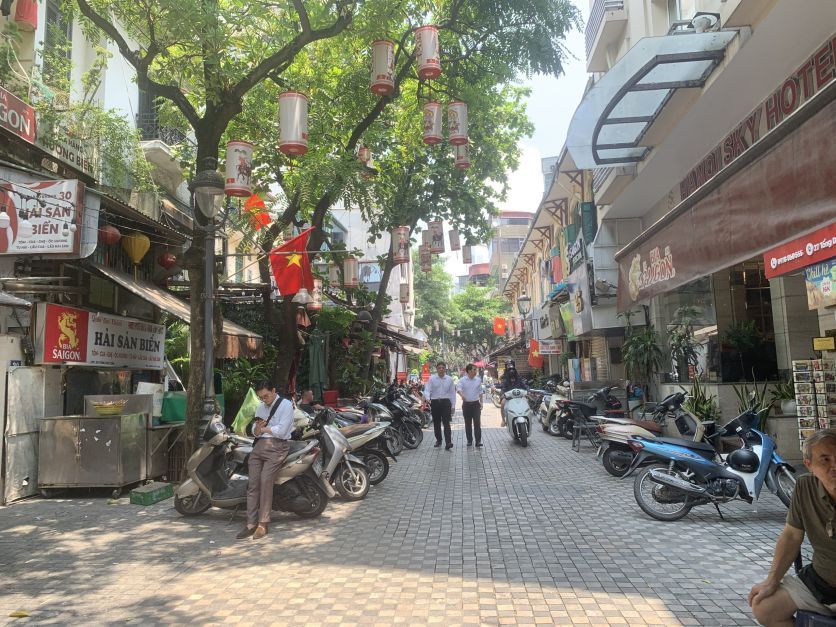
DAY AND NIGHT DINING
This place has been a place to eat and drink since ancient times, so the culinary life here is becoming more and more rich and varied. The location of Cam Chi alley and Tong Duy Tan food street is extremely favorable. In the past, the alley was located near Truong Thi school, so it served the accommodation and dining needs of the scholars who came to the capital to take the exam.
From the beginning of the 20th century until now, Cam Chi Alley is located near crowded places leading to a huge demand for food and drink such as: Hang Co Station, near Hoan Kiem Lake, the entrance to the bustling old quarter, near Viet Duc Hospital, Hospital C... And the custom of preparing and cooking food for the people in Cam Chi Alley also has a history of several generations.
Not only that, this is also a gathering place for tourists as well as nightlife. Therefore, this place never turns off the lights, from early morning to the next morning, it is always bustling with people eating and drinking. Perhaps, only during the COVID-19 pandemic that led to social isolation, this dining area saw the "Lights Off" scene.
Cam Chi Alley has all kinds of dishes from sticky rice, pho, vermicelli, glass noodles, beef, chicken, duck, goat, goose, shrimp, crab, snail, frog... There is no shortage of dishes with mountain, coastal, midland, plain, and foreign styles. However, in Cam Chi Alley there are 2 dishes that are truly unrivaled: salty sticky rice and Ky Dong rice rolls.
Cam Chi Alley has about 10 sticky rice shops, selling from the beginning of Hang Bong Street. The salty sticky rice in Cam Chi Alley is just white sticky rice eaten with ham, sausage, braised pork or chicken eggs, braised duck eggs... very different from the salty sticky rice like sticky rice with pate or chicken meat on Nguyen Huu Huan Street.
Sticky rice in Cam Chi alley is cooked with the sticky rice that has made the reputation of Phu Thuong sticky rice village, so every shop can make sticky, fragrant, and hot sticky rice, steaming hot. When bitten, the sticky rice grains are plump and round like a bee's tail and have an unforgettable delicious flavor. This sticky rice is eaten with braised meat and fried duck eggs in a braised dish on days that start to get cold, it is truly a delicious dish to remember for life.
At the intersection of Cam Chi alley and Tong Duy Tan street, there is a famous banh cuon shop: Ky Dong banh cuon. The ingredients used to make banh cuon are the same as those in other places: rice, onions, shiitake mushrooms, wood ear mushrooms, and pork. This is a banh cuon with filling, not the Thanh Tri banh cuon line that only has rice paper.
The rice used to make banh cuon is delicious and fragrant rice, carefully selected, not sticky rice because the cake will stick and the cake will tear. The filling includes chopped wood ear and shiitake mushrooms, processed in advance, mixed with pork and ready. When there is a customer, scoop the rice flour, put the filling in, roll it into a stick, arrange on a plate, sprinkle some fried onions and it's done.
The dipping sauce for banh cuon is heated slightly, with just the right amount of sour and salty taste, sprinkled with pepper for a hot aroma, and squeezed in 1-2 drops of water bug essential oil for an incredibly delicious taste. That dipping sauce will turn banh cuon into an elegant snack but luxurious in terms of aroma, eat it once, remember it for life.
In addition to savory sticky rice and rice rolls, Cam Chi Alley also serves traditional Hanoi delicacies such as bun thang, eel porridge, pho with wine sauce, rib cartilage porridge or full trays of crab soup with jute mallow served with eggplant dipped in shrimp paste, tofu marinated in onions and pork leg dipped in shrimp paste.
In general, we can “eat all of Hanoi” in just the Forbidden Alley. But the thing is, after eating, we have to pay right away, we can’t point and sign the book like Chua Chom - the person who created a legend of this street and alley.




